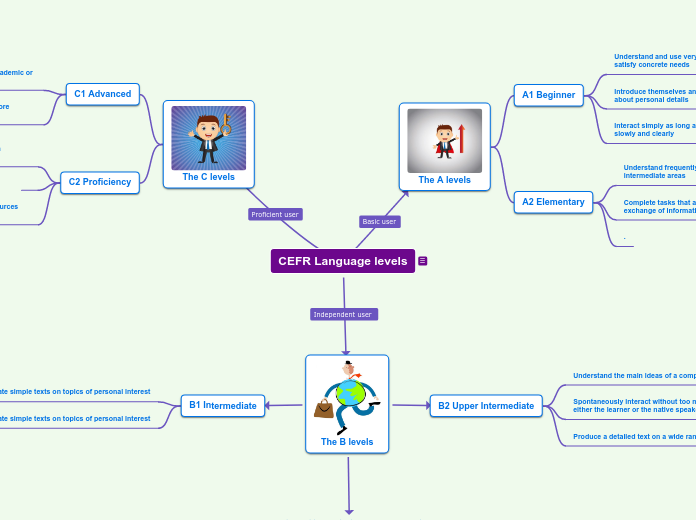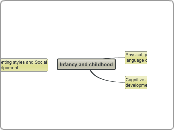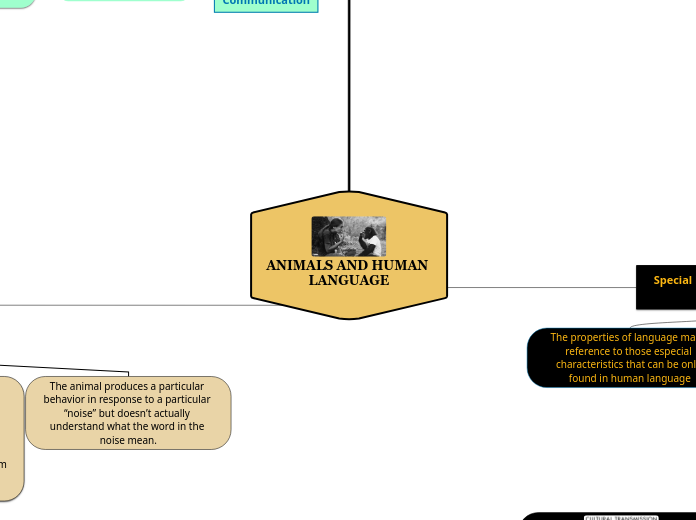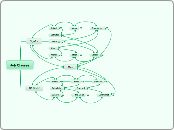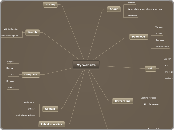CEFR Language levels
The Common European Framework of Reference for Languages, often referred to as CEFR or CEFRL, is an international standard for working out your ability within a language. It was established by the Council of Europe and aims to validate language ability.
The six levels within the CEFR are A1, A2, B1, B2, C1 and C2. The levels are often used casually by language learners to explain their ability at speaking, reading, writing and understanding a language. But there are also exams and certificates available to those who want to make their level official.
The C levels
C2 Proficiency
Summarize information from a variety of sources into a coherent presentation.
Create well-structured and detailed texts on complex topics
C1 Advanced
Understand a wide range of longer and more demanding texts or conversations
Effectively use the language for social, academic or professional situations
The B levels
Deal with most travel situations in areas where the language is spoken
B2 Upper Intermediate
Produce a detailed text on a wide range of subjects
Spontaneously interact without too much strain for either the learner or the native speaker
Understand the main ideas of a complex text
B1 Intermediate
Create simple texts on topics of personal interest
The A levels
A2 Elementary
.
Complete tasks that are routine and involve a direct exchange of information.
Understand frequently used expressions in most intermediate areas
A1 Beginner
Interact simply as long as the other person speaks slowly and clearly
Introduce themselves and ask others questions about personal details
Understand and use very basic expressions to satisfy concrete needs
